**”Dance Fitness for Emotional Resilience: Exploring How Movement Therapy Through Dance Classes Enhances Coping Mechanisms and Emotional Well-Being”**
# Dance Fitness for Emotional Resilience: Exploring How Movement Therapy Through Dance Classes Enhances Coping Mechanisms and Emotional Well-Being
In today’s fast-paced world, emotional resilience is more crucial than ever. For many, the pressures of daily life can lead to stress, anxiety, and even depression. One of the most effective yet often overlooked strategies for enhancing emotional well-being is through dance fitness. This blog explores how movement therapy via dance classes can boost emotional resilience, improve coping mechanisms, and promote overall well-being.
## The Connection Between Movement and Emotion
### Understanding Dance as Movement Therapy
Dance is more than just an art form; it’s a powerful form of expression that combines physical movement with emotional release. Movement therapy—particularly through dance—allows individuals to connect with their feelings, express themselves creatively, and promote physical health. This connection between body and mind plays a pivotal role in emotional resilience.
### How Dance Classes Impact Emotional Well-Being
Engaging in dance classes provides a structured environment where participants can express themselves freely. The rhythmic nature of dance can elevate mood, while the social aspect fosters community and connection. The release of endorphins during dancing is known to create feelings of happiness, while the practice of learning and mastering dance routines can build confidence and self-esteem.
## Health Benefits of Dance Fitness
### Physical Health
The physical benefits of dance fitness are well-documented. Regular participation in dance classes can enhance cardiovascular health, improve flexibility, and build strength. These physical improvements contribute to a healthier body, which in turn supports mental health. A fit body can also better cope with stress and anxiety.
### Emotional and Mental Health
Dance is a unique form of exercise that not only targets the body but also nurtures the mind. Studies indicate that dance can reduce symptoms of anxiety and depression, increase feelings of happiness, and improve overall emotional well-being. It encourages mindfulness—the practice of being present—which can significantly enhance coping mechanisms during challenging times.
### Social Benefits
Participating in dance classes often means joining a community of like-minded individuals. This social aspect can combat loneliness and isolation, which are significant contributors to emotional distress. Building connections and friendships through dance can provide essential support networks, essential for maintaining emotional resilience.
## Nutrition Tips for Enhancing Dance Fitness
To maximize the benefits of your dance fitness routine, it’s essential to fuel your body properly. Here are some nutrition tips:
### Stay Hydrated
Hydration is key to optimal performance. Drink plenty of water before, during, and after your dance class to keep your energy levels high and your body functioning optimally.
### Balanced Meals
Prioritize a balanced diet rich in whole foods. Include plenty of fruits, vegetables, lean proteins, and whole grains. These foods provide the necessary nutrients that support both physical and emotional health.
### Pre- and Post-Workout Snacks
Consider a small snack before class to fuel your workout, such as a banana or a handful of nuts. After dancing, replenish your energy with a protein-rich snack, like yogurt or a smoothie, to support muscle recovery.
## Exercise Advice for Emotional Resilience
### Consistency is Key
To reap the full benefits of dance fitness for emotional resilience, consistency is crucial. Aim for at least two to three dance classes a week. The regularity will help establish a routine that nurtures both body and mind.
### Explore Different Styles
Don’t be afraid to mix up your dance classes! From Zumba to ballet, hip-hop to salsa, exploring different styles can keep your workouts exciting and can target various muscle groups, providing a full-body workout while also stimulating your mind.
### Incorporate Mindfulness
While dancing, focus on the movements and the music rather than any distractions. Engaging fully in the experience can enhance the emotional benefits and promote mindfulness, which is essential for improving coping mechanisms.
## Conclusion
Dance fitness is not merely a fun way to exercise; it’s a powerful tool for enhancing emotional resilience. Through movement therapy, individuals can express their feelings, build community, and foster well-being. The physical, emotional, and social benefits of participating in dance classes create a holistic approach to coping with life’s challenges.
By integrating dance into your routine and prioritizing nutrition, you can take significant steps toward improving your emotional health. Whether you’re looking to reduce stress, build confidence, or simply have fun, dance fitness offers a vibrant pathway to emotional resilience. So put on your dancing shoes, and let movement elevate your spirit!
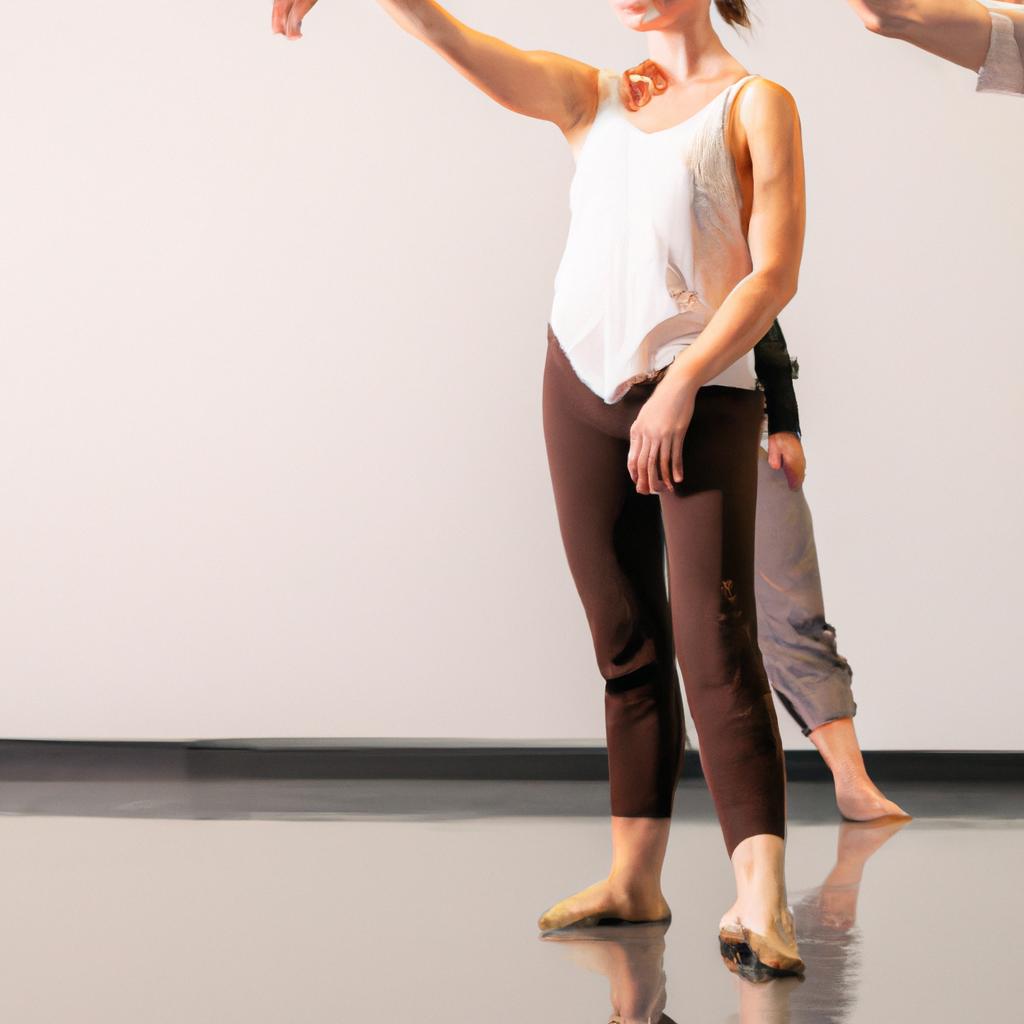

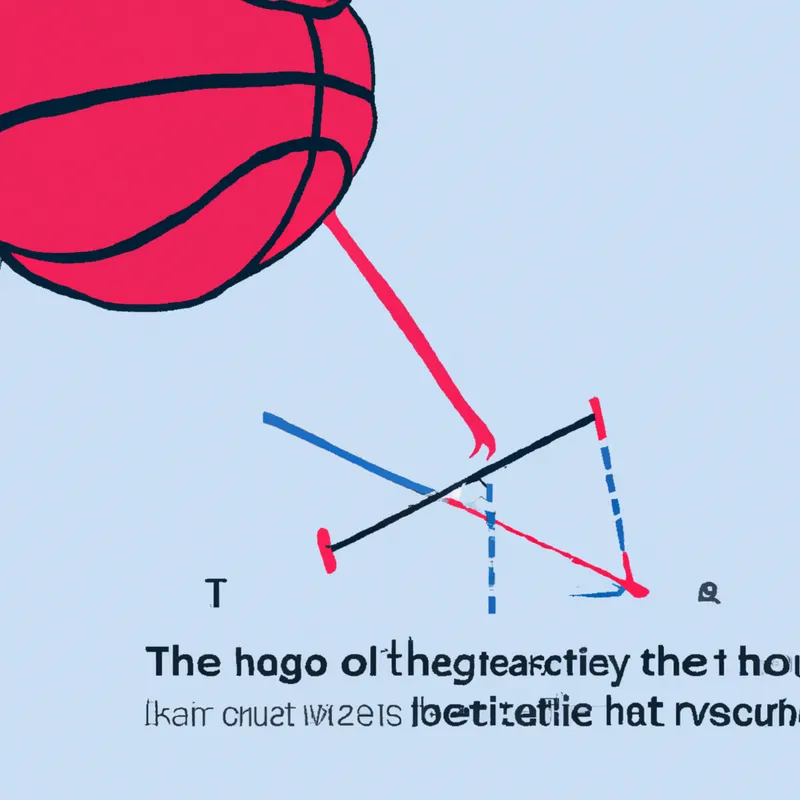

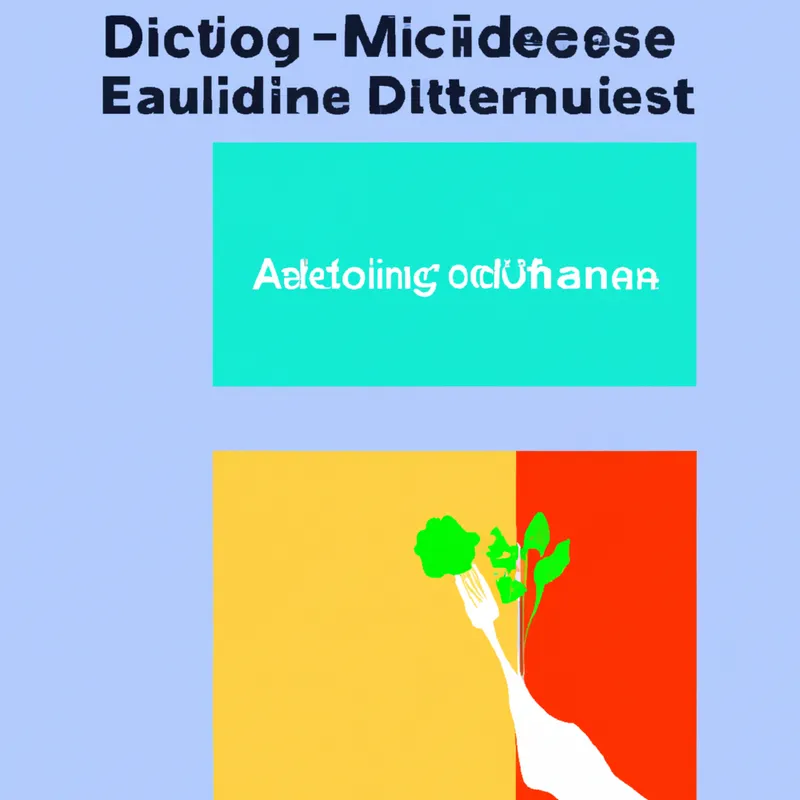

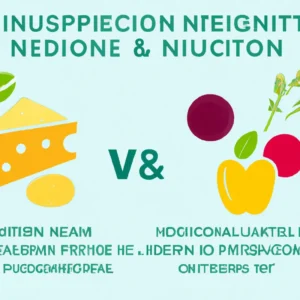

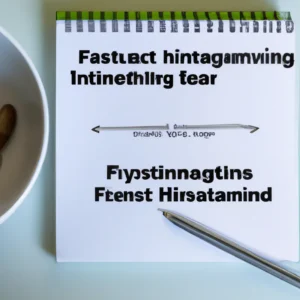

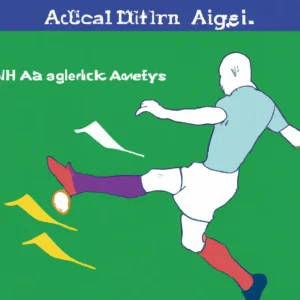




Post Comment